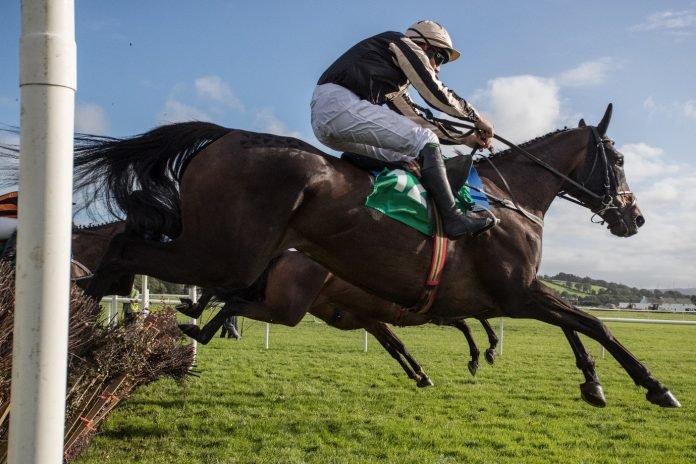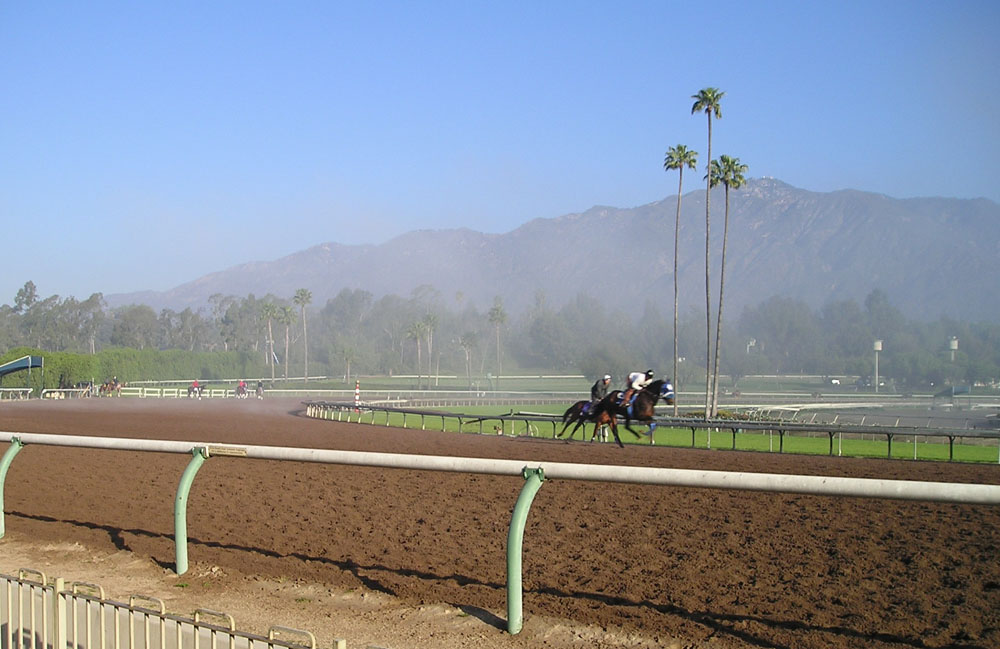
If you are interested in horse betting and want to make the most of your money, then knowing how to interpret predictions and odds is important. Predictions can provide helpful insight into a variety of factors, including track conditions and training information, whereas odds represent what the race “oddsmakers” believe about each selection’s chance at victory. With that being said, pulling together all these pieces can be a challenge if you are a novice bettor, so in this blog post, we will share some tips and tricks for deciphering predictions and calculating potential payouts with calculations so that you can get the results you desire when it comes time to place your wagers. So read on to learn more.
What To Consider When Making Predictions and Odds
When making predictions and odds, there are some things you will need to consider. For one, don’t look for a shortcut because there is not one. Stay away from the “expert” that always seems to be picking the winning horse. Nobody picks a winner all the time, and they are likely covering up their losses. You also need to know that there is no winning formula and no shortcut to success. Make sure that you do your research before you make a prediction, which includes finding out information such as the form of the runner in the field and information about the jockey, the trainer, and the horse. You can also take advantage of the Lucky 63 tips available at British Racecourses right here, as these can greatly increase your chances of winning big. The more information you have about the race, the better your chances of winning. Lastly, you want to watch as many horse races as possible, and this can be done by watching live races. Make sure you watch the races and take note of any horses and jockeys that catch your attention.
How To Calculate the Probability of an Event Taking Place
You can explain probability using a formula and the formula will replace numbers with letters to look something like this:
Probability % = B/(A+B) x 100
So, the odds of 9/1 can be calculated as follows: 1% (9+1)= 0.10. This means that there is a 10% chance of the event happening.
Odds of 4/1 are calculated as 1% (4+1) = 0.20. Which means there is a 20% chance of the event happening.
Odds 1/1 can be calculated as 1% (1+1) = 0.50. Which means there is a 50% chance of the event happening.
Odds ¼ can be calculated as 4% (4+1) =0.80. Which means there is an 80% chance of the event happening.
Factors That Can Influence the Odds of an Event Happening
Many things can influence the odds of an event happening and they include the following:
- The form of the horse: this is recorded in a form book and is represented as several where the horse placed in their last race.
- Reputation: This comes down to the horse itself and its running and jumping style from past performances.
- The jockey: The jockey has a significant role in the horses’ odds in a race. All jockeys are capable of riding a horse to victory.
- The horse: The horse itself is very important and you need to look at things such as the horse’s health as well as its past performance.
- The trainer: Looking at the trainer’s current form is equally as important.
Examples of How To Use Predictions and Odds in Everyday Life
Besides using predictions and odds for sporting events, there are other things in everyday life that you can use predictions and odds for. A few examples of this include the following:
- Forecasting the weather.
- Games of chance such as card games.
- Insurance
- Traffic signals.
- Medical diagnosis.
- Election results.
- Lottery probability.
- Stock market predictions.
- Shopping recommendations.
So, there you have it! If you are an avid horse betting fan or completely new to this world, you must know that predictions and odds play a huge role in the experience. When making predictions and odds, there are many things that you need to consider, and there’s usually a formula for calculating the probability of an event taking place. Many factors influence the odds of an event taking place, and you can use predictions and odds in everyday life.




